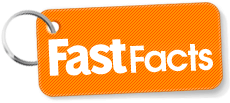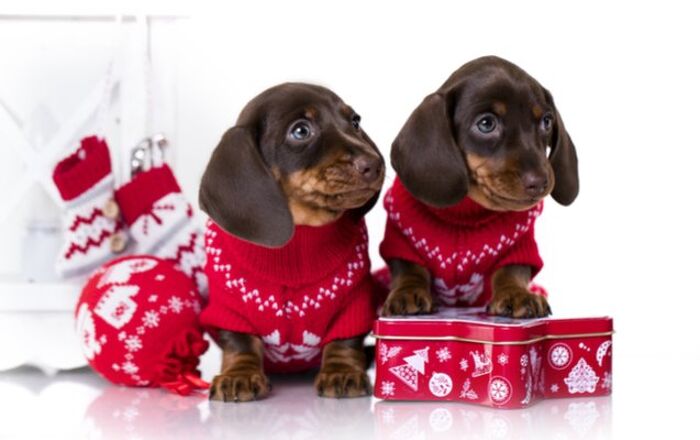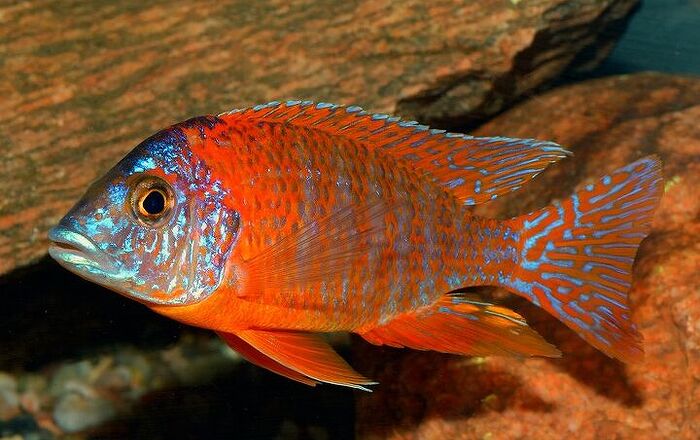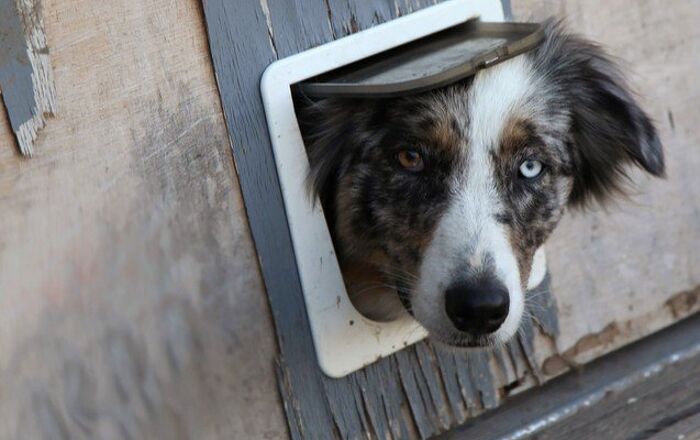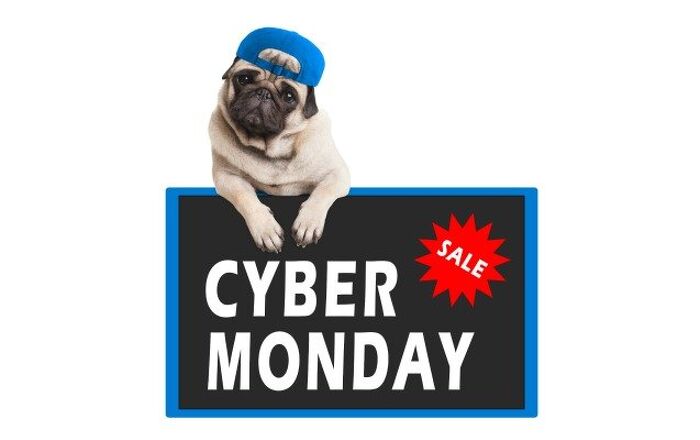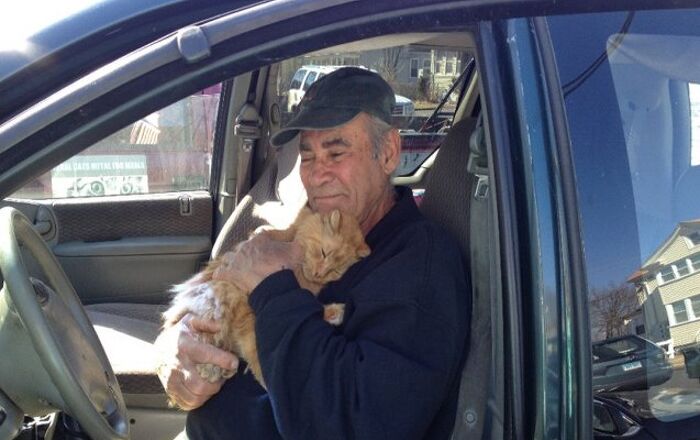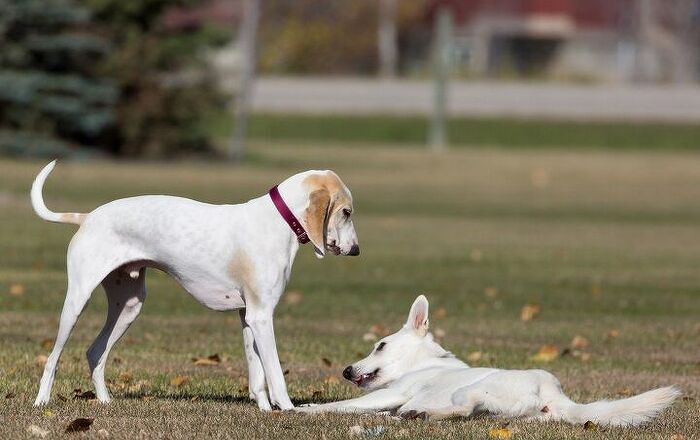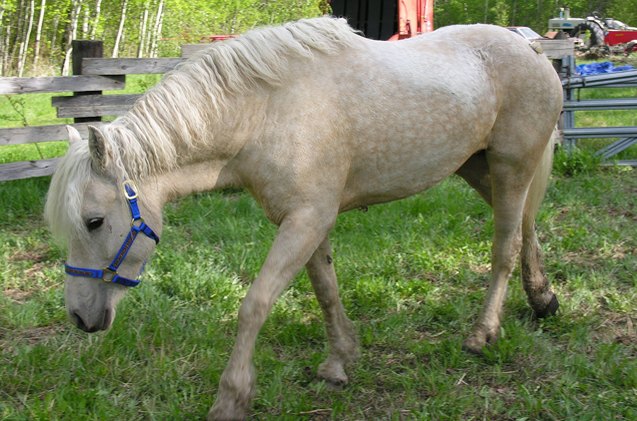
Curly Horse Breed History
Also known as the North American Curly Horse, the American Curly Horse, and the American Bashkir Curly, the Curly Horse’s history is not entirely known. In fact, its origin is considered one of the biggest mysteries within the equine world.
Some experts believed that the Russian Bashkir, which is a horse breed from Bashkortostan that features a curly coat, was an ancestor of today’s Curly Horse, but research proved that the theory was inaccurate. Other theories suggested that the Curly Horse may have arrived in North America when it crossed the Bering Land Bridge during the Ice Age. And still other theories stated that Russian settlers took these horses to North America with them.
The Curly Horse is social, curious, and enjoys being around people.
Many believe that Curly horses were actually recorded as far back as the 2nd century in Asian artwork. And another theory suggests that Curly horses were taken to Nevada from India by Tom Dixon in the latter part of the 19th century. However, those individual horses couldn’t have served as the foundation stock for this breed because curly horse breeds were owned by Sioux Indians in the early part of the 1800s. And yet another theory suggests that the horses arrived in America with Spanish conquistadors, thereby implying that the breed has an Iberian ancestry.
In the end, though, there isn’t enough evidence to totally support any of these claims. The first time that Curly horses were documented in Nevada was in the early 1900s, with the help of John Damele. The horses were rare, but after several years, he and his sons were able to capture one, tame it, and sell it. Impressed by the horse’s toughness and resiliency, particularly when it came to handling harsh winters, the Dameles decided that they would breed the horses, and they located a Curly within a herd of Mustangs that would become the foundation stallion for the breed. The breeders eventually introduced an Arabian stallion and a Morgan horse to the Curly herd as well.
The Curly Horse breed was formally established and registered in 1971.
Breed Traits
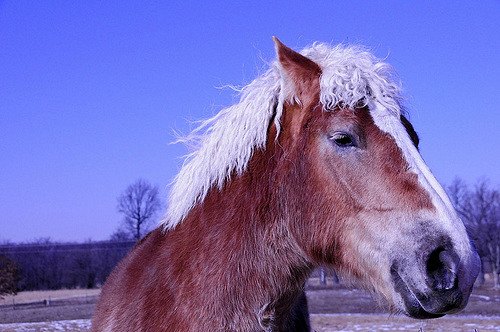
The Curly Horse is social, friendly, curious, and good-natured, and this breed also enjoys being around people. These horses are quite popular because they are easy to train and intelligent. Moving at a brisk pace, these horses are alert and a great option for many types of equine events.
Overall, you can expect that the Curly Horse will be quiet and calm, as well as docile, level-headed, and reliable. Therefore, all levels of riders and trainers will enjoy working with this horse.
The Curly Horse’s origin is one of the biggest mysteries in the equine world.
Overall Description
The Curly Horse will feature a head that is medium in size, along with a well-defined jaw. The neck should be a medium length, and it should be deep at its base where it will join the shoulder base. This horse’s back will be obviously short because there are five lumbar vertebrae, but it will be deep and strong.
The eyes will be set wide, and you will notice that the eyelashes curl upward. Also, the ears should be medium or short in length, and they will also have curls on the inside.
You will notice that the withers are medium in size, the croup is flat, and the legs feature heavy bones, with a short cannon bone. The hooves should be nearly perfectly round, dense, hard, and proportionate to the overall size of the animal.
What is most distinctive about this horse, however, is its soft and fine hair, which could be hypoallergenic. Also, the horse could totally shed the tail and/or the mane during the summer, but it will grow back in the autumn along with the animal’s winter coat.
The coat can either be categorized as Ringlet, in which the hair will be a few inches long, as a Marcel Wave, which will be a soft and deep wave within the body coat, or as Crushed Velvet, which will showcase a dense and soft pile of curls within the body coat.
The mane will feature hair that is extra fine, and it can be kinky or wavy. It should shed partially or completely in the summer season, and the mane should hang down on both sides of this horse’s neck.
The tail will be wavy or Ringlet, shed partially at the head in the summer, or shed completely. Also, the Curly Horse will have wavy or curly fetlocks, and these should shed in the summer while retaining some of the longer hairs.
The Curly Horse features a hypoallergenic coat.
Colors
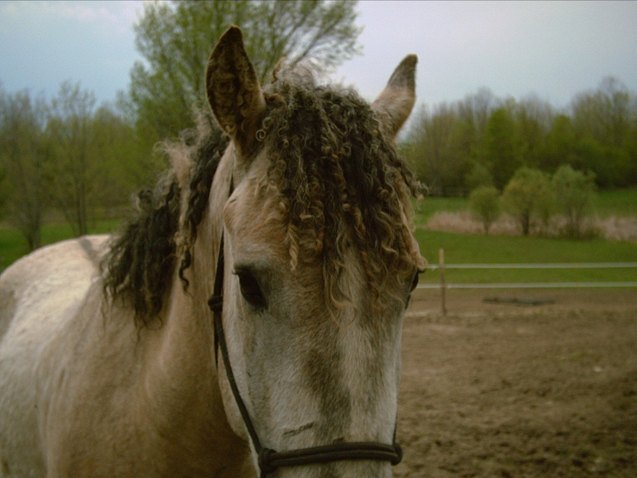
The Curly Horse breed can feature a variety of equine coat colors. These include grullo, roan, cremello, buckskin, black, white, gray, and bay.
The most common color, however, is chestnut, although bay, gray, and black are considered standard colors for the breed. Appaloosa and pinto patterns are also possible.
Grooming Requirements
The curly coat of this unique equine breed can be challenging at first, but once you learn the right routine, you’ll find that grooming your Curly Horse is as enjoyable as grooming any other breed. Just keep in mind that curly coats that are dense will collect everything from hay and manure, to mud and other debris easily, so grooming regularly will keep the coat clean and healthy.
Helpful grooming tools for curly coats include a paddle brush and a medium stiff brush. You can tame static with an apple cider vinegar spray. During shedding season, use a shedding blade and curry comb. And a flick brush is great for finishing touches in the summer. Don’t forget to use a hoof pick as well.
Photo credit: Penella22/Wikimedia; Valerie Everett/Flickr; Ron Manke/Flickr
